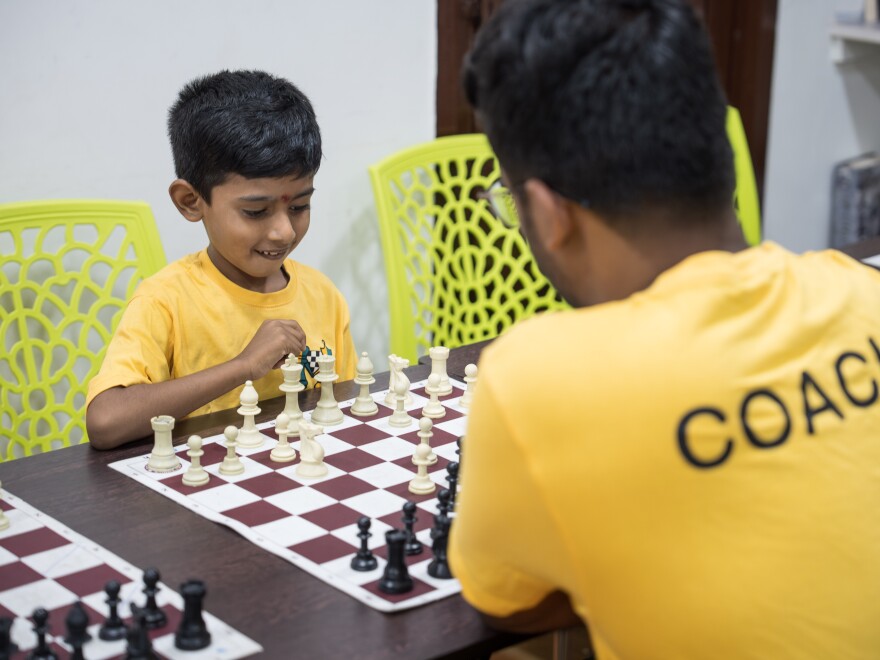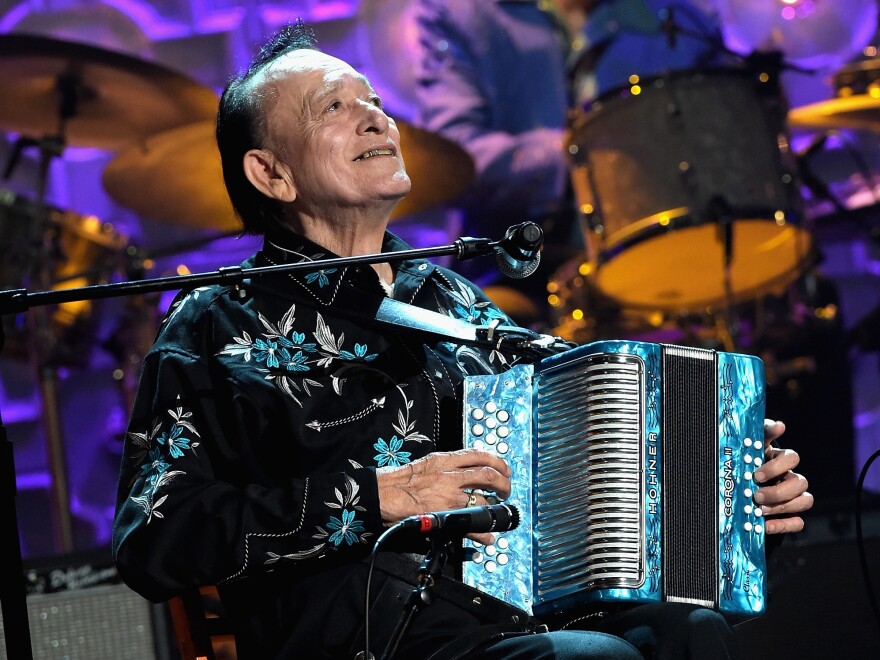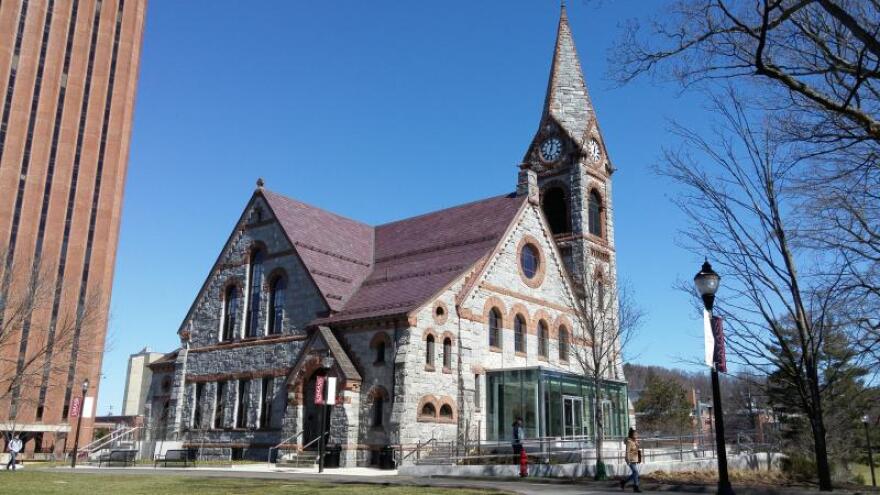One of the hardest competitions is the FIDE Women’s Chess World Cup. More than 100 players of all ages and nationalities, from prodigies to world champions, compete over the course of over a month.
Divya Deshmukh, 19, of India, was the underdog going into this year’s competition in Georgia. She forced opponents who were rated much higher than her to make mistakes under time pressure and force them to tie-breakers during the July event.
After her thrilling final round match against Koneru Humpy, the sixth-ranked chess master in the world, she broke down in tears. Deshmukh’s only topic of conversation after winning the match was her own errors. “I’m pretty sure at some point I messed it up,” she added, “perhaps I should not have allowedg4, I should’ve just gone rook a3-f3-g3 and that should be a win.” (For those of you who are not chess experts, these acronyms refer to specific moves.)
Only when the interviewer cut her off with the words, “Divya, you just won the World Cup!” did she permit herself to grin.
Indian chess has experienced a meteoric rise in recent years, partly due to the perseverance of players like Deshmukh. Its men’s and women’s teams won the Chess Olympiad, the chess Olympics, in Budapest, Hungary, last year. At the age of 18, Indian national Gukesh Dommaraju won the youngest-ever world champion at the World Chess Championship in Singapore, which took place in December. This year’s women’s chess world cup even had an all-Indian final round.
With her win, Deshmukh becomes the 88th “grand master” of India—a distinction reserved for the greatest in the world. Additionally, it doubles India’s chances of winning the women’s global chess championship the following year.
This change is astounding. The focus is now on India, the probable birthplace of the ancient game of chess, following decades of supremacy by Russia and Europe. Many historians think that the ancient Indian board game known as “chaturanga,” which was brought to the world by traders, pilgrims, and conquerors, is where modern chess got its start.
Home of champs
Since the lockdown caused by the virus, chess has seen a global comeback. Netflix’s chess drama is a huge sensation.The year the epidemic began, The Queen’s Gambit was released, and people with more free time started playing on websites like Chess.com and watching on YouTube. One of the largest recipients of the growth has been India.
Deshmukh is from Nagpur, a city in central India that is more famous for its oranges than its athletes. She was unintentionally introduced to the game when she was five years old. According to her 2023 interview, a coach told her she was too short for badminton when she attempted to join a club. “My parents took me to a chess class that was taking place in the same facility. The sport appealed to me. I simply continued playing chess after that.
However, the epicenter of chess is thought to be Chennai, the seaside capital of Tamil Nadu, a state in the south. Tamil Nadu is the birthplace of one-third of all Indian grand masters. Chennai is home to both of India’s world champions: Gukesh Dommaraju, the current champion, and Viswanathan Anand, who has won five times.
Venkat Saravanan, a chess trainer who frequently contributes to national newspapers, claims that Chennai is the “factory of Indian chess.”
This brilliance in the city, he claims, is the result of a system of “teaching from the grassroots.” Promising chess players are given holidays by some schools so they can practice and travel. Local companies cover their costs. Chennai’s parents come next.
Indian parents generally don’t encourage their children to take sports seriously. “In India, we have this basic belief among parents that our way to happiness and prosperity is through academics,” Saravanan explains. “Chess in some respects resembles academics.”
This explains why chess groups, many of which are led by former grand masters, have sprung up all throughout the city.
Training the next chess generation
After school, kids start to arrive at the Madras Chess Academy. Encircled by paintings of chess greats, such as world champion Gukesh Dommaraju, who was once a student here, they sat in a chamber without windows.
Many of these dozen or more children spar at chess competitions throughout Chennai on the weekends. When students do well, teachers like Selvabharathy—who has only one name—invite them to stand in front of the class and tell the other students to applaud, as he did on one particular day.
According to Selvabharathy, “That’s what I mean: 100% honesty and dedication toward chess,” indicating the small youngster who is clumsily standing in front of the other kids. “Don’t say, ‘Sir, I don’t have time.’ Everyone has time.”
This academy was founded two years ago by chess coach Vishnu Prasanna. He claims that a parent brought their three and a half-year-old child in to train the day before NPR’s visit. Suresh Dasarathan, another parent, enthusiastically described his 6-year-old son’s daily schedule: get up at 7, practice chess for an hour, go to school, get chess tutoring at the club for an hour, do homework, and go to bed at 9 p.m.
As Dasarathan puts it, “If he’s good at chess,” he will encourage his son to compete internationally. It’s a dream. “My dream.”
Young prodigies’ success is frequently greatly influenced by their parents. Rajinikanth, Gukesh’s father, would put his day job as a surgeon on hold in order to serve as his son’s de facto manager. In order to provide her children with home-cooked meals of rice and sambar soup, the mother of chess prodigies Praggnananda and Vaishali Rameshbabu frequently travels with them, bringing Indian spices and kitchenware.
However, Rivina, a 6-year-old girl, claims that some parents may also be overbearing at chess events. “They’ll say, ‘If you win this game, I’ll give you dinner.'” “If they don’t win, some kids will just cry,” she says.
India’s first world champ and his “kids”
For the majority of the 20th century, the Soviet Union ruled the chess world. At the height of the Cold War, American trailblazer Bobby Fischer broke through the boundaries for the first time in 1972 when he won the world championship. Chess stars came from other nations. Viswanathan Anand, who was born in Chennai, became India’s first world champion in 1995. In India today, his successors are frequently referred to as “Vishy’s kids.”
Anand is still in the top 10 players in the world at the age of 55. He claims that in his prime, parents opposed chess as a pastime and encouraged people to “go back to your studies, because you need a real job.”
Since playing chess may now be a source of income, Anand believes that the society surrounding the game has evolved. That’s crucial in a nation with a shortage of well-paying employment.
Because of the job security and benefits, which include monthly compensation, housing allowance, pension, insurance, and paid leave for practice, the Indian government frequently offers high-ranking officials positions in the public sector, which many people consider to be their ideal opportunity. A brand-new international chess league has been established where top players can win cash. Many are chess coaches as well.
According to player and coach Srinath Narayanan, Indian parents frequently push their children to work hard because of the potential for a chess career.
“There are a lot of people in India, but there aren’t enough places open for excellence. Additionally, sports are viewed as a means of bypassing the line.
However, some chess observers claim that the English language is a significant barrier preventing India from overtaking all other chess powers in the globe. The majority of chess courses, software, and publications are in English. Just over 10% of Indians are fluent in the language, according to the government’s 2011 population census. The majority of Indians who speak English come from the middle and higher castes.
Enter YouTube
There is a man who wishes to transcend that.
Venkatesh Enumalai established the Tamil Chess Channel on YouTube two years ago. In Tamil, a language spoken by about 80 million Indians, mostly in the southern state of Tamil Nadu, it teaches the fundamentals of chess. The channel has millions of views and over 80,000 followers, including from Tamil-speaking people in the US and Sri Lanka. He claims that one of his pupils there recently won a state championship in Illinois.
Encouraged by these success stories, Enumalai abandoned his day job with a pharmaceutical company’s sales team to create a chess club in Chennai. To keep the cost down, he offered tutoring for just over $10 per month. He claims he plans to travel and teach youngsters in rural areas chess boot camps.
India, being the most populated country in the world, has the advantage of numbers. According to Enumalai, it only need encouragement to grow into a chess powerhouse. “If we can nurture so many people at the bottom level, maybe we will be able to become a number one nation.”
Copyright 2025 NPR






